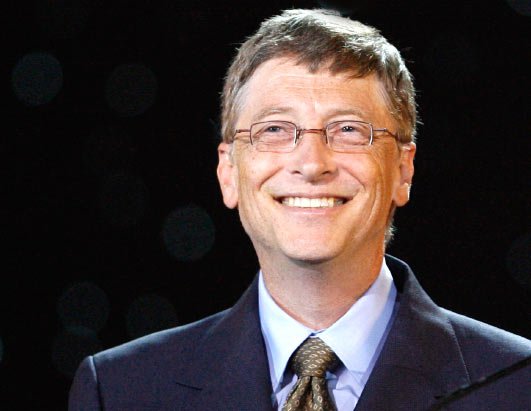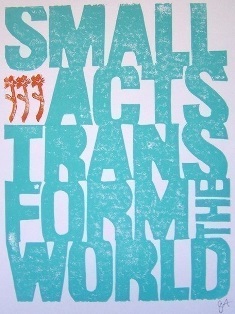What does science have to do with philanthropy? Well, learning how to harness the advances of science in ways that can help the disadvantaged is a clear channel that bridges the two disciplines.
The annual Grand Challenges in Global Health conference, hosted by the Bill & Melinda Gates Foundation, was launched eleven years ago with the goal of identifying the biggest problems in health and providing grants to researchers who might solve them. Each year this event brings hundreds of scientists together to discuss and analyze global issues through a scientific lens.
The founder, Bill Gates, admits that the program is not as developed as he had hoped. “The process of developing and perfecting new tools—going from proof-of-concept through clinical trials, regulatory approval, manufacturing, and distribution—is even slower and harder than I thought. But we’ve learned a lot, and we’ve made some promising progress.”
Gates created the Grand Challenges conference based on what he calls “catalytic philanthropy”. The program aims to fix market failures, or in other words, improve upon areas where capitalism fails to meet the needs of the poor. This initiative is so crucial because it evens out the philanthropic playing ground. Why is it that there’s more research done per annum on baldness than malaria? Because affluent people become bald, but don’t die of malaria. Catalytic philanthropy seeks to focus research efforts on pervasive social issues not getting adequate attention.
You can think of Grand Challenges like you would a venture capital fund – an enterprise that risks investing in crazy and unique ideas that may very well fail, but may have a huge impact on their sector if they succeed. For example, the Grand Challenges supports initiatives that range from making staple crops more nutritious, to creating vaccines that won’t spoil when they get warm, to trying to stop dengue fever by infecting mosquitoes with a particular bacterium.
Though there are setbacks in this business of buying into big dreams, Gates is ever hopeful. He even sees the fortune in failure.
In the next few years, “20 percent of the initial projects are being deployed and saving lives… the other 80 percent will still advance the frontiers of science by eliminating dead ends or making discoveries that enable other big ideas.”
Source: http://www.gatesfoundation.org/






